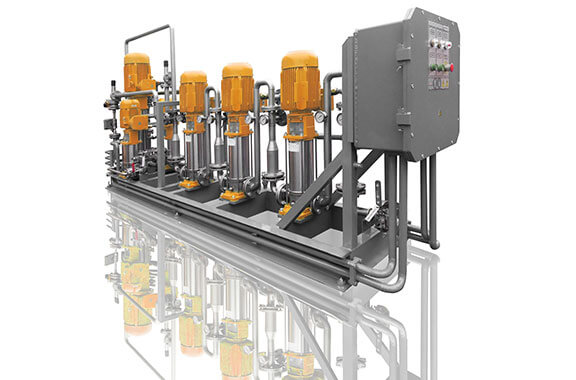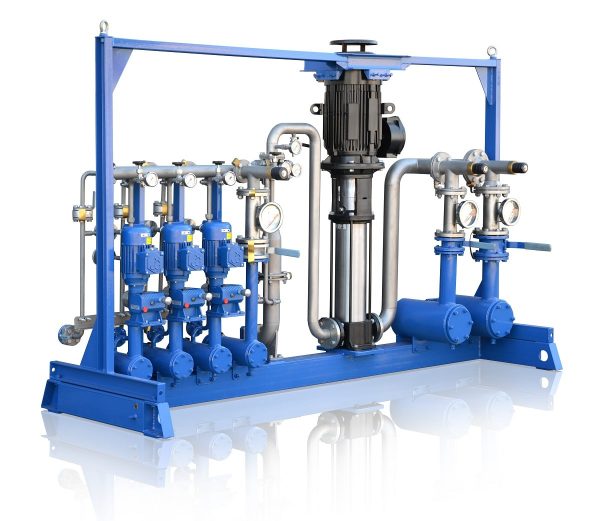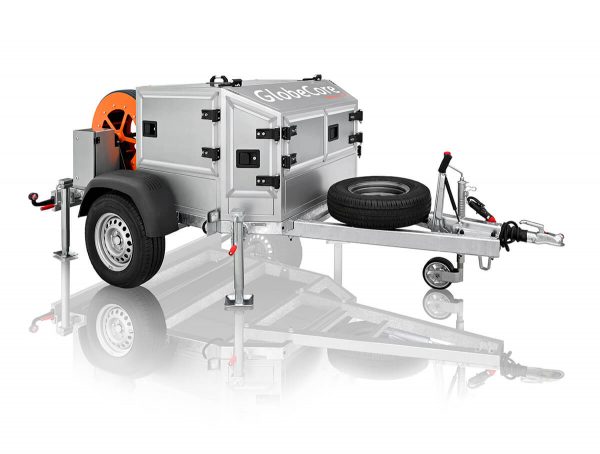Alternative fuels appeared due to several factors. First, the countries with limited mineral reserves were searching to reduce their fuel dependence from foreign suppliers. Secondly, alternative fuels were considered more environmentally friendly than traditional fuels. Therefore, a biodiesel production was reasonably thought as a way to solve both problems.
Biodiesel is a liquid fuel that is used in automobile engines. Studies have confirmed that, biodiesel spilled into water or soil, does not harm animals and plants. In addition, after getting into the environment biodiesel is almost completely decomposed after 28 days.
In biodiesel combustion, there is also a reduction of carbon dioxide emissions into the atmosphere in comparison with traditional fuels.
History of biodiesel fuels
Brazil was the first to produce bioethanol from sugarcane back in the days of World War II. Within 25 years, the volume of alternative fuels in this country has grown to a large scale. Another big producer of biodiesel in the world market is the United States.
The first use of biodiesel was recorded the 1920s, when the fuel made from vegetable oil was used in engines. But at that time biodiesel could not fill the economic niche. As there were no biodiesel plants that could work stably to their full capacity. The government prompted fuels made from oil by state subsidization and more affordable cheaper prices. Another impetus for the development of the biodiesel industry was the fuel crisis of the 1970s. But large production volumes started to appear only 25 years ago. It was a great achievement of Germany.
What is biodiesel produced from?
For a biodiesel plant working to its full capacity it needs a constant supply of raw materials. Biodiesel can be made from a wide variety of raw materials, which is one of its advantages. Practically in every country, there is a sufficient volume of raw material that can be used for biodiesel production on biodiesel plants. For example, Brazil that we mentioned already uses castor oil to produce biodiesel, the Philippines use coconut oil, the United States use soybean, the European Union uses rapeseed, and Africans countries – soybean and jatropha. It is also possible to use animal fats, waste vegetable oil or algae.
What production technologies are used in biodiesel plants?
In general, the process of obtaining biodiesel is an interaction of methyl alcohol and fatty acids with acid or alkaline catalyst. The chemical reaction that takes place during this process is called esterification.
The duration of this reaction can vary depending on the presence (absence) of stirring. To increase the yield of the finished product at the biodiesel plant, the esterification reaction is repeated.
Biodiesel plants by GlobeCore
GlobeCore biodiesel plant consists of:
- biodiesel reactor;
- In-line oil heater;
- methanol recovery unit;
- cleaning and filtration unit;
- biodiesel settling tank with pumping unit.
Before vegetable oil is used as a raw material, it is pre-cleaned. Then it is heated to desired temperature and enters a biodiesel reactor. Methanol and alkali solution is supplied at the same time. All components are mixed at the hydrodynamic reactor. At the end of the chemical reaction, the formed crude biodiesel consists of pure biodiesel, residues of unreacted methanol and glycerol. The water-glycerin phase is separated in a settling tank and pumped out. After final purification from methanol and mechanical impurities, the product is ready to be used.
What processes are the basis of the GlobeCore biodiesel plant
GlobeCore biodiesel plants work on the basis of a fundamentally new approach, which allows to avoid parts of traditional production (flushing biodiesel with water, recovering excess methanol, increased concentration of methanol, etc.). It is achieved through jet hydrodynamic cavitation, which intensifies the mixing of components, as well as chemical reactions and other processes.
Features of hydrodynamic cavitation
When passing through the reactor, hydrodynamic ultrasonic cavitation is characterized by the following features:
- substances are processed at high speeds and at molecular level;
- components are affected by pressure and ultrasonic pulses;
- fatty acids molecules are broken with micro explosions.
As a result, hydrodynamic cavitation increases the fuel viscosity, its cetane number and improves the total amount of energy available in a fuel.
Benefits of GlobeCore Biodiesel Plants
Consider the main advantages of biodiesel plants produced by GlobeCore. The use of a string of hydrodynamic cavitation allows to produce fuel both from raw and refined oil, from various animal fats and from used vegetable oil from restaurants and bakeries. Thus, GlobeCore biodiesel plant can use absolutely all raw materials of different qualities.
Another important advantage of GlobeCore biodiesel technology is an absence of a repeated esterification reaction, which reduces the fuel production time by several dozen of times. The components are dosed in fluid stream passing through the reactor, and the finished product does not contain excess methanol. There is no need for expensive pumps, since their function is performed by the ejector, which ejects the necessary components into the flow in a given ratio.
Traditional technologies for obtaining biodiesel fuel involve the introduction of the methoxide solution, which is then washed and vacuum dried. Hydrodynamic cavitation technology allows you to abandon the additional drying equipment, water and sorbents.
Energy saving and reliability of GlobeCore biodiesel plants
Usually, during the production of biodiesel, the vegetable oil is preheated to 65-70°C. Also, additional energy is spent on the recovery of excess methanol, re-esterification and vacuum drying. Hydrodynamic cavitation allows to reduce the power consumption several times through not needing the above operations while maintaining the quality of the finished biodiesel.
The GlobeCore biodiesel plant has a modular design, which significantly simplifies transportation to the place of operation and reduces the occupied space compared to other plants of similar productivity.
It is also possible to introduce additional modules to increase the productivity of a biodiesel plant. The standard GlobeCore reactor is designed for a capacity of 1,000-16,000 liters per hour.
What should be considered before commissioning a biodiesel plant
Before commissioning a biodiesel plant, it is necessary to take into account several factors that will make the biodiesel production as efficient as possible. First of all, it is a location. It must be selected for fast and easy delivery of raw materials. It is best that the biodiesel is produced primarily from local raw materials. It is also necessary to provide for transport infrastructure, which will allow shipments of raw materials and of finished products.


 USB-1 Biodiesel equipment
USB-1 Biodiesel equipment USB-1 Fuel oil ...
USB-1 Fuel oil ... CMM-GL Wind Turbine ...
CMM-GL Wind Turbine ...